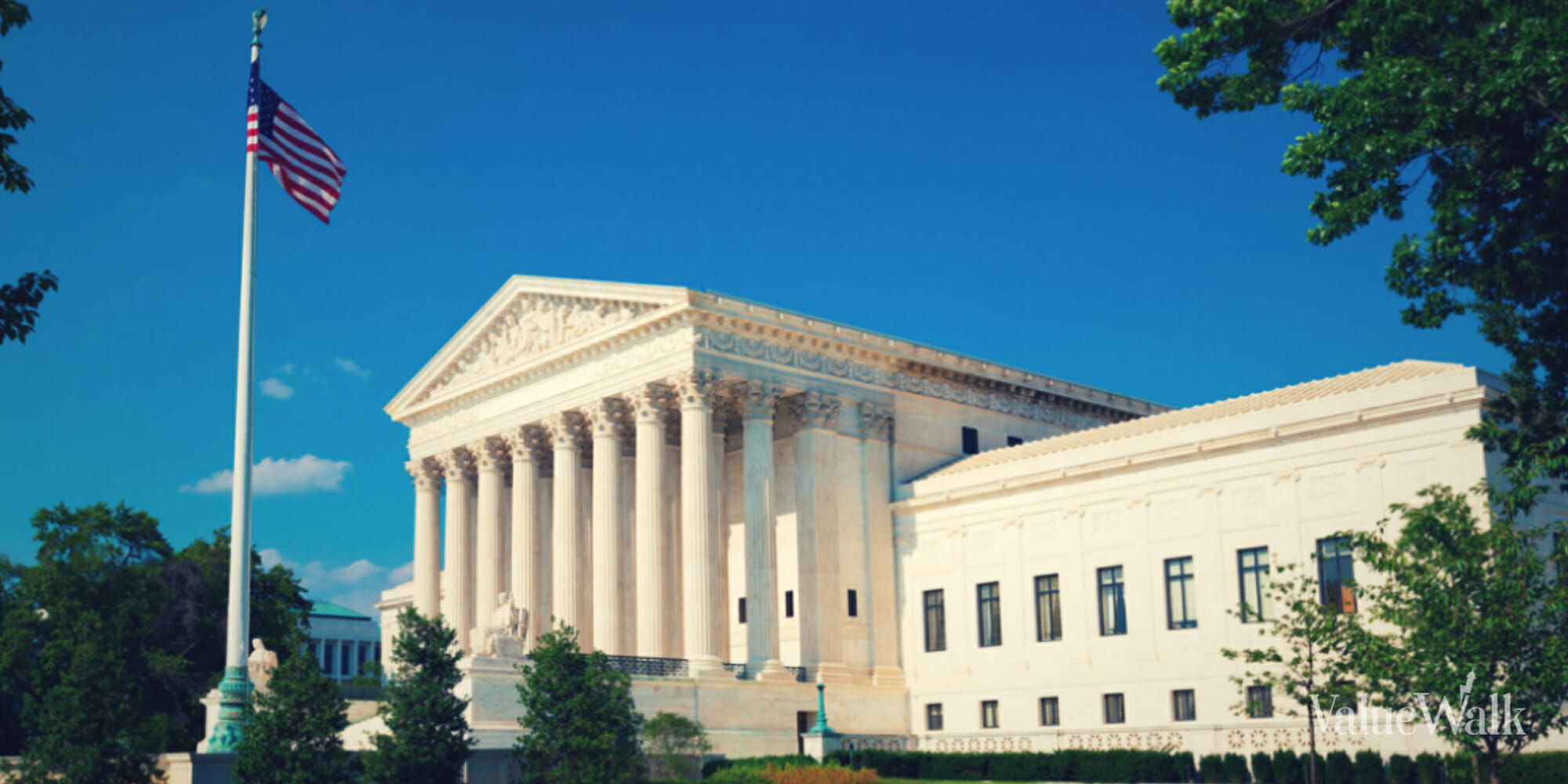Affirmative Action Ban Also Impacts DEI and Black Reparations; Universities Already Have Schemes In Place to Circumvent Ruling
The Supreme Court Strikes Down Affirmative Action
WASHINGTON, D.C. (June 29, 2023) – Using very strong language, the Supreme Court has struck down affirmative action (racial preference) plans at both a public and private university, holding that they violate the U.S. Constitution.
In broad and sweeping language, they rule that plans which consider race “may never use race as a stereotype or negative.”
Moreover, it said “When a university admits students ‘on the basis of race, it engages in the offensive and demeaning assumption that [students] of a particular race, because of their race, think alike.’ . . . Such stereotyping is contrary to the “core purpose” of the Equal Protection Clause. “
The Supreme Court’s affirmative action decision could have a major impact on what has been called the “10 Billion “Diversity, Equity, and Inclusion Industry,” as well as on demands for $14 trillion (twice the amount the U.S. sent in FY 2022) in reparations to be paid to Black Americans, predicts public interest law professor John Banzhaf, who also notes that universities already have schemes in place to circumvent the affirmative action ruling.
As the New York post previously reported, “‘The $10 billion “Diversity, Equity and Inclusion’ industry could take a hit if the Supreme Court rules against affirmative action for college admissions. Lawyers who specialize in corporate governance tell me that big companies are getting increasingly anxious about the future of DEI as the court is set to decide, possibly as early as this week, on the constitutionality of using race for admissions at Harvard and the University of North Carolina.”
The Post predicted that “If the Justices rule against affirmative action, it could strike one of the biggest planks of the DEI industrial complex — money going to organizations based on race, or race used as a factor in employment and promotion. ‘The outcome certainly could change DEI policies if they throw it out’ . . . ‘There will be a lot of lawsuits.'”
Interestingly, there is already a federal lawsuit challenging the constitutionality of college DEI requirements and mandatory DEI pledges by professors.
Also, as AboveTheLaw points out: “the ramifications of the outcome are likely to spill over to impact the places we work as much as the places we think.”
Or, as Bloomberg Law explains, “the court’s decision could encourage challenges to workplace DEI and affirmative action programs and undermine some rationales used to support DEI initiatives and affirmative action measures in the workplace.”
Advantage In The Admissions Process
Banzhaf suggests that if it’s against the law for both public and private universities to give college applicants even an advantage in the admissions process under racial preference policies, it almost certainly would also be illegal for governmental bodies and private companies to dole out money or other benefits based on race, or to consider race in hiring and promotion decisions, as they do under many DEI and other programs.
This would probably include reparation programs under which governments are being asked to provide a small group of citizens with thousands of taxpayer dollars each based solely on the color of their skin or racial heritage, argues Banzhaf, who has won over 100 cases of illegal discrimination based upon race, religion, sex, and disability.
But, notes Banzhaf, many universities have already taken steps to prepare them to circumvent today’s highly anticipated ruling. As former Harvard Law Professor Alan Dershowitz wrote:
“Many universities will likely seek ways to circumvent the decision to continue the racial quotas now in place. . . . Already some universities are beginning the process of circumvention by eliminating objective criteria such as test scores. Without test scores, admissions officers can substitute subjective factors as surrogates for race.” Dershowitz complained that:
“Under current policies in many universities, a wealthy Black applicant from a prominent family who attended a fancy prep school is favored over a first generation Asian-American who’s had to work while attending public school. This is so precisely because there are numerical quotas that don’t distinguish based on individual factors. . . .
So, the tactic is to eliminate or minimize test scores and to employ criteria that mirror race without explicitly running afoul of any Supreme Court ruling and without reducing the number of admitted minority applicants.”
An article in The Hill spelled it out more forcefully:
“The Supreme Court is weighing whether to prohibit the use of race as a criterion for admissions. If that occurs, many universities will likely seek ways to circumvent the decision to continue the racial quotas now in place. . . . ‘Diversity, inclusion and equity’ are the current surrogates. They are defined narrowly to emphasize race, rather than intellectual, economic, religious and other diversifying factors that are highly relevant to universities’ academic missions.”
But Banzhaf predicts that even more employees (including students employed to work in offices) of universities – as well as of large corporations and governmental bodies – who oppose preferences based upon race will now come forward as whistle blowers to expose schemes aimed as surreptitiously circumventing this controversial ruling, and also perhaps profit handsomely themselves from coming forward.
Like the Supreme Court’s earlier decisions involving the use of race, this new decision – while groundbreaking – is also sure to trigger mammoth amounts of litigation as many try to circumvent it and others strive to enforce it, says Banzhaf.




